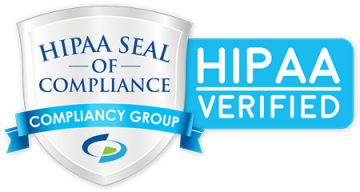Peripheral Arterial Disease (PAD)
PAD refers to plaque formation in the arteries of the arms and legs. It usually happens because your arteries harden and narrow. (That’s called atherosclerosis). Smoking, high blood pressure, high cholesterol, and not being active are the main causes.
If you have diabetes, you’re more likely to get a worse case of peripheral artery disease that improves less with treatment.
Symptoms
When atherosclerosis narrows the long arteries of the legs, your leg muscles don’t get enough blood flow. As a result, you may feel muscle pain. It usually comes on with exercise and stops when you rest.
It can affect different muscle groups, including:
Calf (most common)
Buttock and hip
Thigh
Foot (less common)
Some people feel burning or numbness. Others have severe blockages with no pain at all, usually because the body grows blood vessels that go around the blockages.
Other signs and symptoms of peripheral artery disease include:
Wounds that heal poorly
Legs are cooler than the arms
Shiny skin over the legs
Loss of hair on the legs
Fainter pulse in the feet
Diagnosis
The tests you’ll take to see if you have peripheral artery disease are simple and painless.
Doctors usually start by checking your “ankle-brachial index,” which compares your blood pressure at your ankle and upper arm. Those measurements should be about the same. If your blood pressure in your ankle is a lot lower, you may have peripheral artery disease.
If your case is severe, you may take a type of X-ray called an angiogram to see exactly where the blockage is. Your doctor will inject a dye into a blood vessel to help show what’s going on.
Treatment
You can do a lot to stop peripheral artery disease in its tracks, such as:
Exercising
Controlling your cholesterol and blood pressure
Not smoking
Eating a healthy diet
The drug cilostazol eases symptoms in many people. Pentoxifylline is another that can improve symptoms in people with poor circulation. Doctors may also prescribe aspirin or other anticlotting drugs.
For severe peripheral artery disease, your doctor may recommend surgery or less invasive procedures to bypass a blocked artery and restore blood flow. See treatment options here.
The above information is not all inclusive of the risks, alternatives and benefits. It is not meant to be a substitute for informed discussion between you and your doctor, but can act as a starting point for such a discussion. There are complications possible with any medical procedure. Overall, minimally invasive procedures have a lower complication rate than open surgeries.




